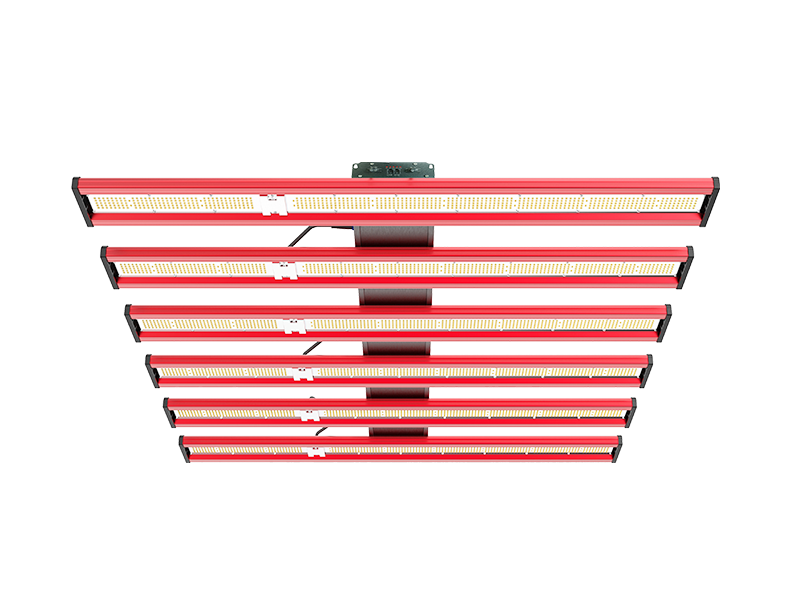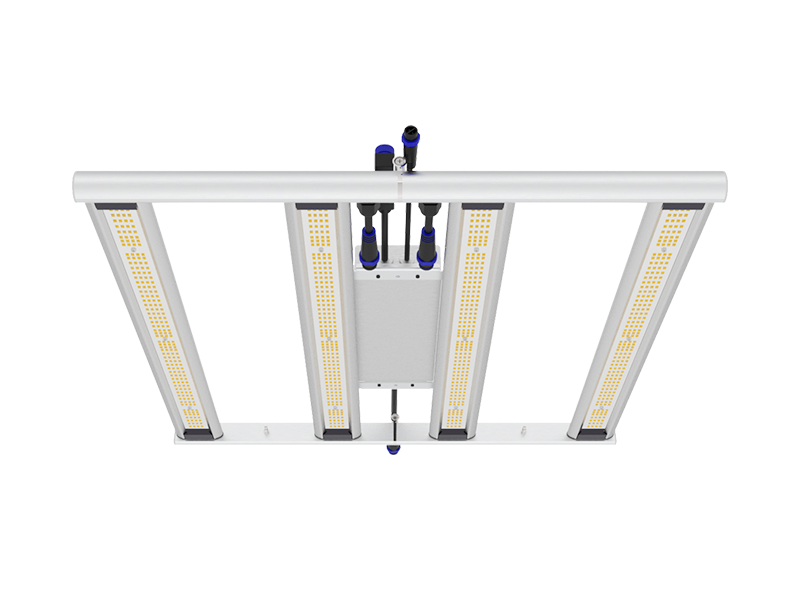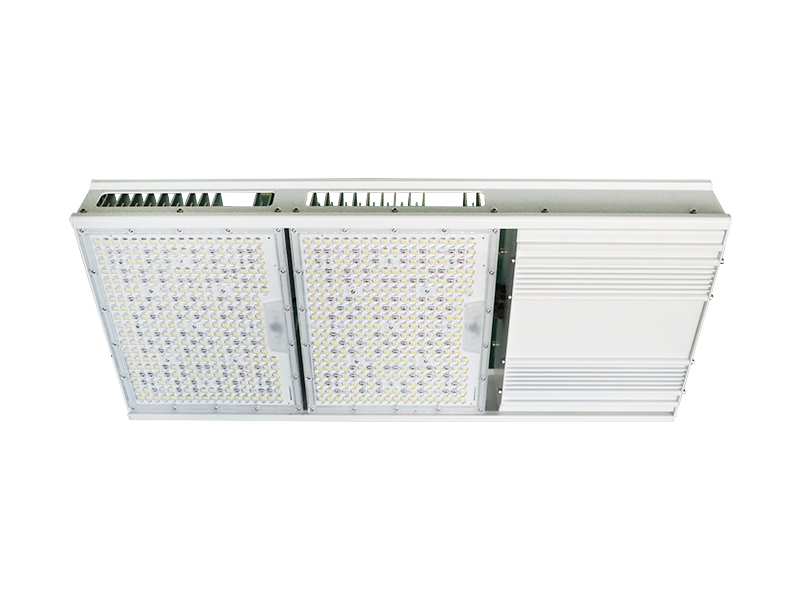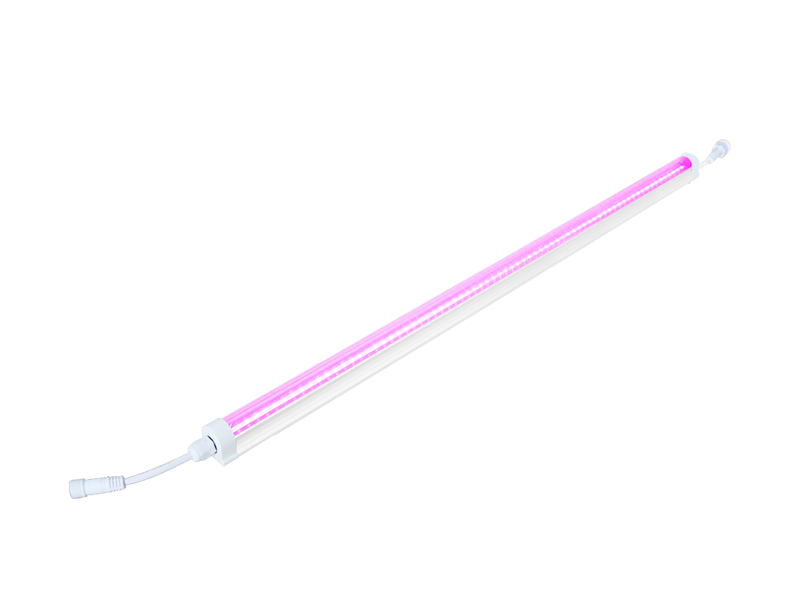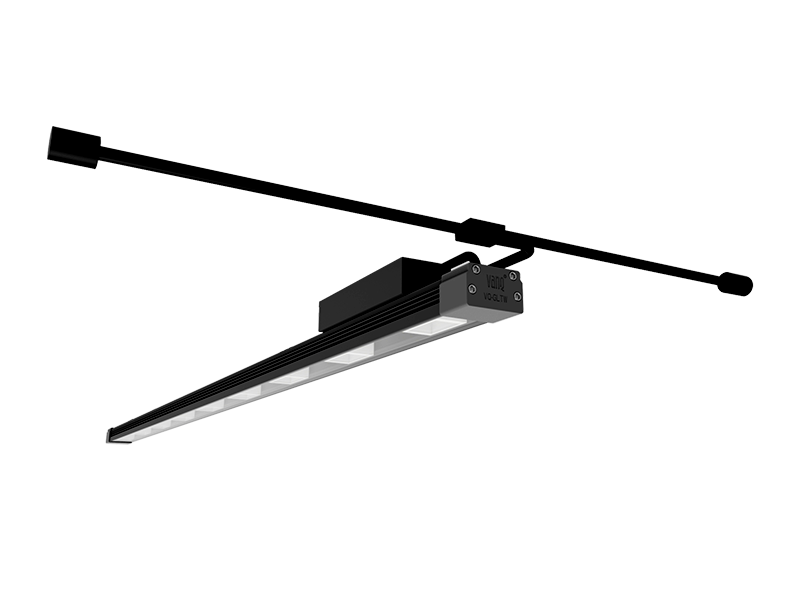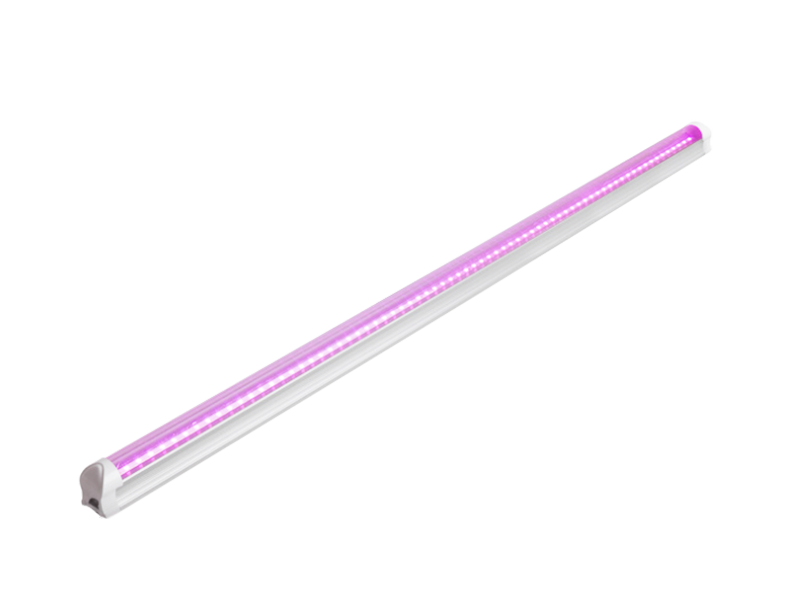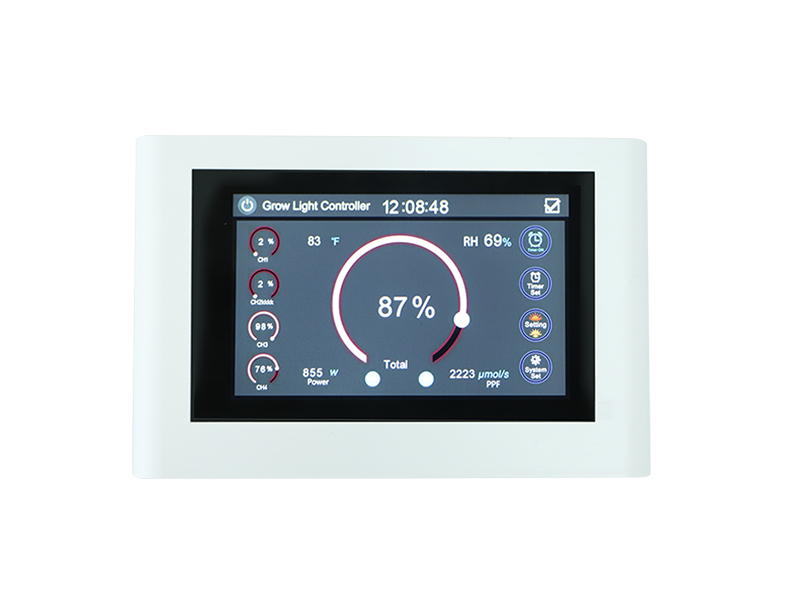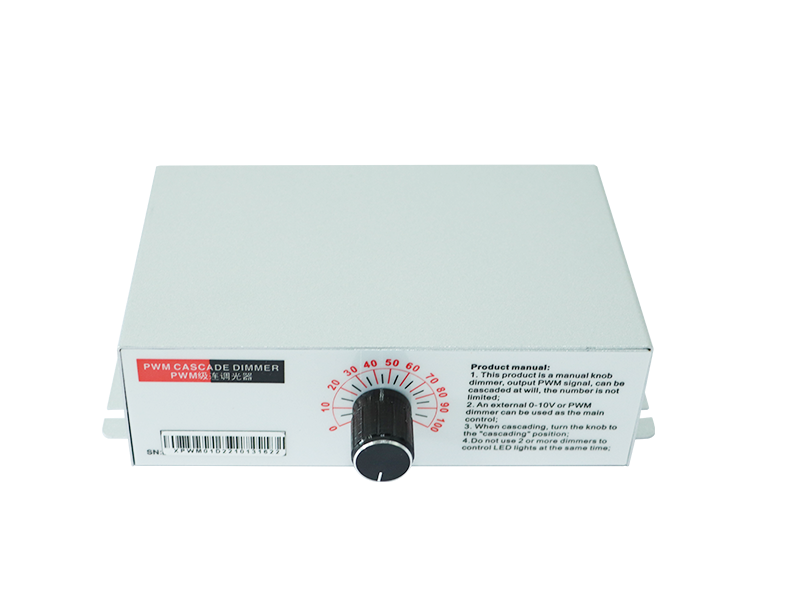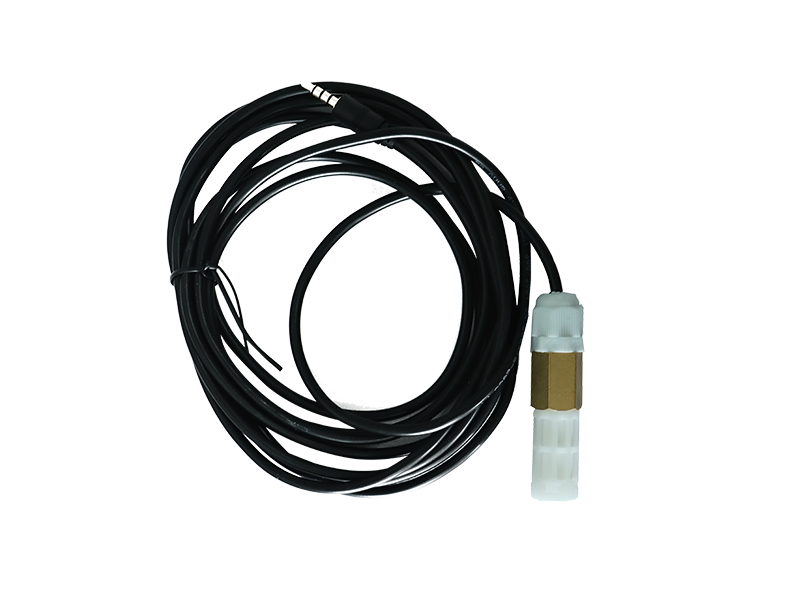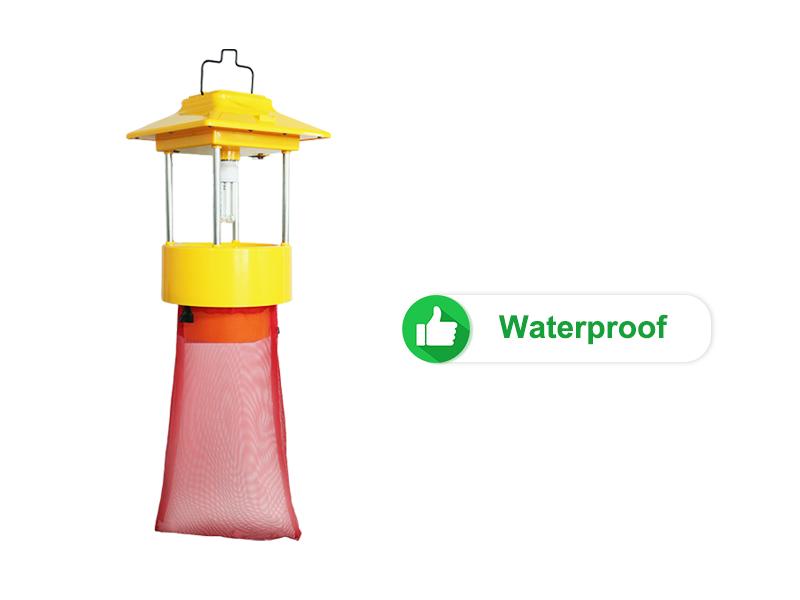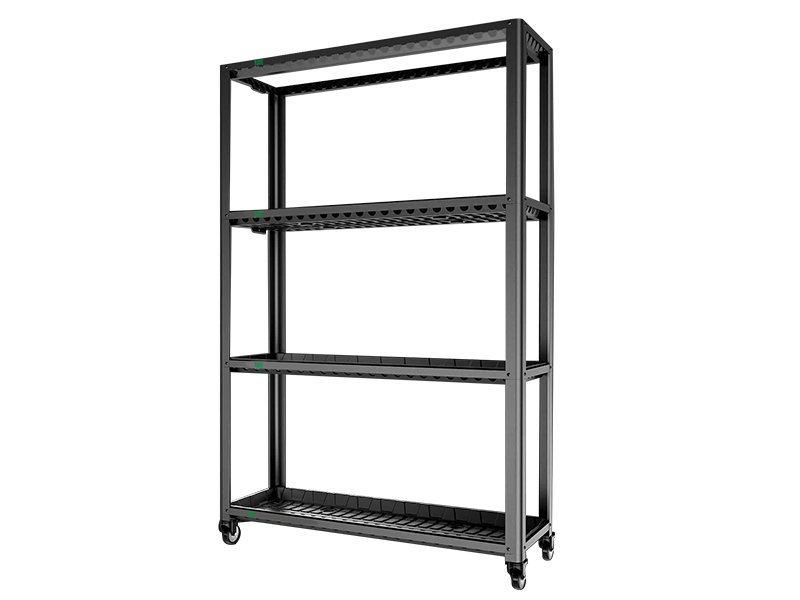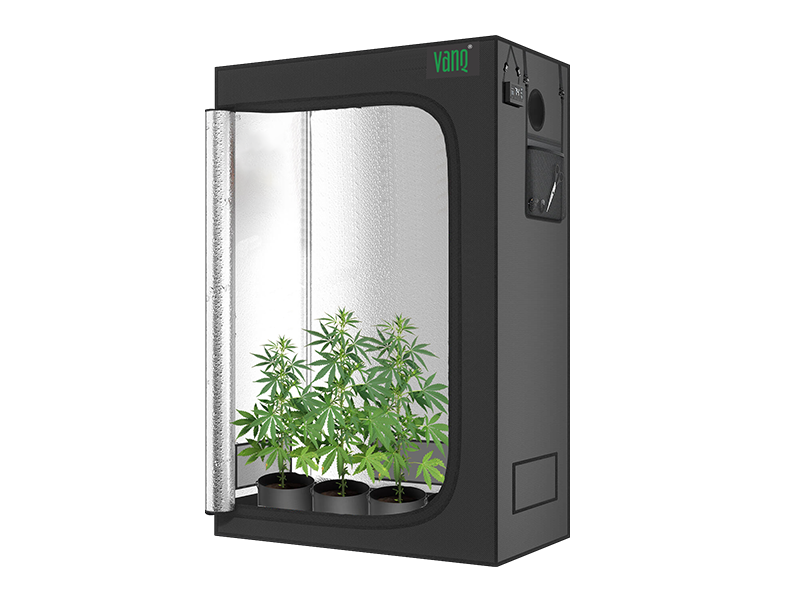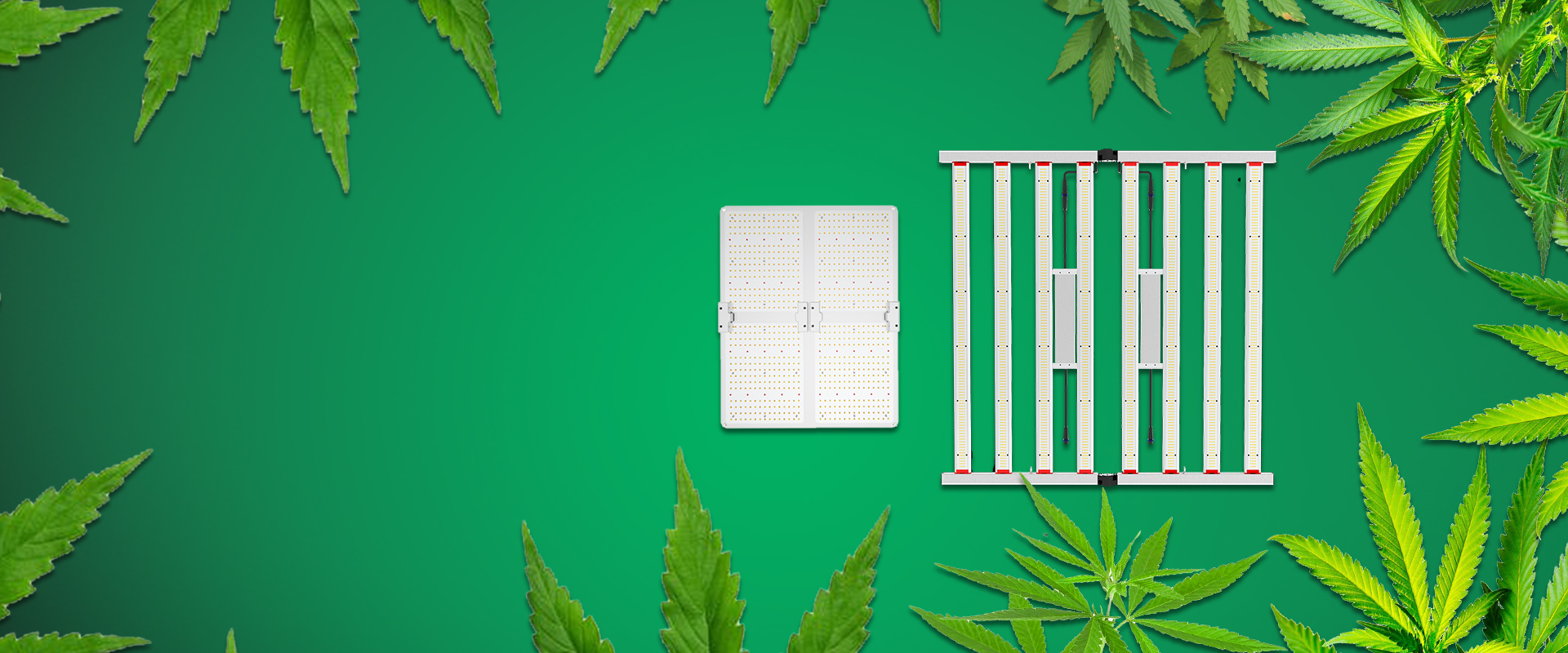Have you ever been enticed by the marketing claim that “grow lights can make plants grow faster,” only to find that the results at home did not meet your expectations?
Are grow lights truly miraculous cultivation tools, or merely profit-driven strategies from retailers? Today, let’s delve into this topic.
The operational principles of growth lamps.
Before we proceed, let’s first explore the functioning of grow lights. Grow lights are artificial light sources designed to replicate specific sunlight spectra that promote plant growth. For plants, growth is inherently linked to photosynthesis, whose core element is light.
In nature, sunlight encompasses essential red and blue spectra crucial for plant growth, while also providing other spectral components. These diverse spectral elements work synergistically on plants, not only facilitating fundamental growth processes but also influencing plant morphology, accelerating flowering, and enhancing fruit maturation.
The effects of grow lights on various plant species.
So, can grow lights replace the sun's function, or do they surpass it? Let’s review some experimental data.
The effectiveness of growth lights varies across different plant types. Today, I will primarily focus on three categories: vegetables, flowers, and cannabis.

1) Application in Vegetable Cultivation:
How can I ensure the healthy growth of vegetables during winter or in environments with insufficient indoor lighting? For vegetables that have specific light requirements, such as tomatoes and lettuce, plant growth lights offer a stable and controllable light source that effectively enhances photosynthesis and prevents growth stagnation due to inadequate lighting.
What is the effectiveness of growth lights?According to research supported by NASA and the USDA, a study conducted by Yorio et al. (2001) investigated the impact of red and blue light combinations from LED lights on the growth of vegetables such as lettuce and spinach. The findings indicated that this combination of red and blue light significantly improves the photosynthetic efficiency and biomass of these vegetables.
What is the significance of enhancing photosynthetic efficiency, and what exactly is biomass?
Improving photosynthetic efficiency allows plants to utilize sunlight more effectively for energy production, resulting in faster, healthier growth and potentially higher yields. Biomass refers to the total "weight" of a plant, encompassing its roots, stems, leaves, and flowers. By adding up all parts of the plant, I can determine its weight, which represents its biomass. A higher biomass indicates better plant growth, which may correlate with greater harvest yields.
2)The application in floriculture:
For flower enthusiasts, have you ever encountered issues with slow growth or suboptimal blooming? Taking roses as an example, these flowers, which have specific light requirements, can significantly benefit from the use of growth lights.
Such lights not only accelerate growth rates but also enhance the vibrancy of flower colors, often leading to earlier flowering periods. A study conducted by a research team at Plymouth University explored the impact of LED spectra on the growth and physiological traits of flowering plants (such as roses and amaranth).
The findings indicated that the use of 660 nm red LED lights effectively promoted the growth of stems and leaves, particularly in enhancing sugar accumulation within the plants, increasing the synthesis of carotenoids and anthocyanins, as well as accelerating bud development and shortening blooming cycles.
3)The application in cannabis cultivation:
When discussing grow lights, one cannot overlook their significance in cannabis cultivation. Cannabis plants are highly sensitive to photoperiod; thus, grow lights offer precise control over lighting duration. By adjusting the spectrum and intensity of these lights, cultivators can achieve more efficient growth.
A study conducted by David Llewellyn and colleagues (2022) at the University of Guelph demonstrated that high-intensity LED lighting significantly increased cannabis yield, although the addition of ultraviolet light did not have a pronounced effect on yield or THC concentration. The findings revealed that under high light intensity, both the biomass and the dry weight of economically important parts, such as flower buds, increased by 1.6 times, thereby shortening the growth cycle and enhancing yields.
Taking into account the aforementioned experimental cases, whether for vegetables, flowers, or cannabis, grow lights can significantly enhance plant growth rates by meticulously optimizing lighting conditions and spectra. This not only substantially boosts yields but also improves the quality and purity of the products. Particularly in suboptimal lighting conditions or constrained environments, grow lights have become an indispensable tool for cultivators.
Although plant grow lights are highly effective, their actual performance still relies on the methodologies and strategies employed by the growers.
Marijuana grow lights recommend:
720w led grow light

This 720W cannabis grow light uses Samsung's white light and 660nm deep red light high-efficiency light sources, and is equipped with a UL CE certified driver to ensure safety and reliability. It not only has IP65 waterproof characteristics, suitable for a variety of environments, but also supports personalized optical design to meet a variety of customized needs.
Specification:
Spectrum:Full Spectrum+660nm red light
Typical PPF:2088 μmol/s
Efficacy:2.9 μmol/J
Weight:39.7IBS
Dimensions:113.4cm L x 100cm W x 8cm D
IP Rating: LED Bar IP65
Coverage area(grow rooms and grow tents):
Flowering footprint: 1.2 x 1.2 m, 4 x 4 ft
Vegetative footprint: 1.5 x 1.5 m, 5 x 5 ft


